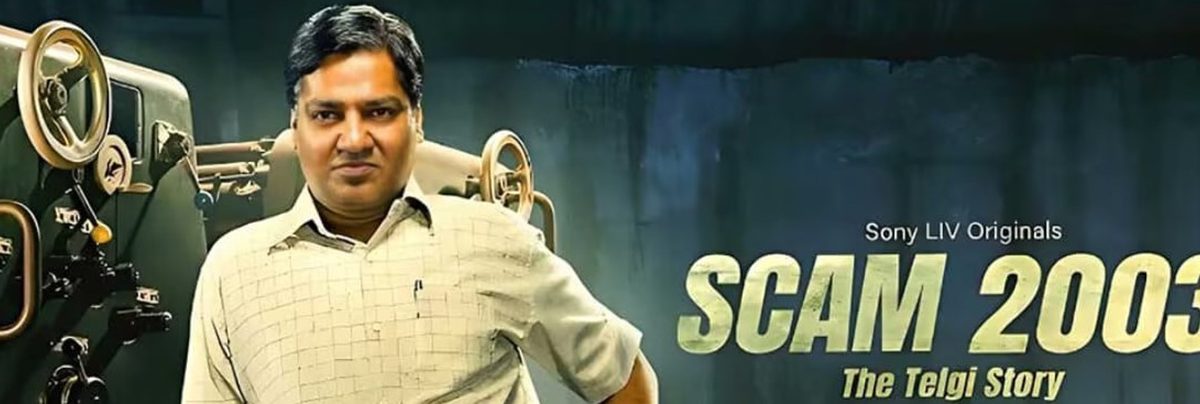The Abdul Karim Telgi stamp paper scam, which occurred in India and was estimated to be worth billions of rupees, is a notorious example of a systemic failure in risk management at various government levels. Telgi and his accomplices counterfeited stamp papers, which are used for legal transactions and collected by the government as a form of tax. This scam highlighted significant loopholes in the Indian security and administrative systems. From this scam, several risk management lessons for governments can be learned:
- Robust Internal Controls: Governments must ensure that there are robust internal controls and auditing mechanisms in place. This includes regular checks and balances, verification processes, and auditing trails that can detect anomalies early on.
- Technological Upgradation: The scam exploited outdated technologies and systems in place for printing and distributing stamp papers. Governments should continually update their technology to prevent such exploitations, including adopting digital solutions where feasible to minimize the risk of physical counterfeiting.
- Cross-Agency Collaboration: There needs to be effective communication and data sharing between different government agencies. Lack of coordination allows for exploitation by criminals who can operate in the gaps between different departments’ responsibilities.
- Whistleblower Protection: Strong whistleblower protection laws encourage insiders to report irregularities. In the Telgi case, it was a whistleblower that eventually led to the unravelling of the scam. Governments must ensure that those who report wrongdoing are protected from retaliation.
- Regular Training and Awareness: Government employees should receive regular training on the latest fraud detection methods and risk management strategies. This increases the chances of early detection of scams and reduces the reliance on outdated practices.
- Public-Private Partnerships: Leveraging expertise from the private sector can help in building more secure systems. Private companies often have more advanced risk management practices that can benefit public systems.
- Legal and Regulatory Frameworks: Updating legal frameworks to cope with new types of fraud and ensuring that the penalty for financial crimes is a significant deterrent are crucial. Often, the cost of the crime is less than the potential reward, which encourages fraudsters.
- Comprehensive Risk Assessment: Regular and comprehensive risk assessments should be conducted to understand where systems are vulnerable. These assessments should be holistic, considering not just technological vulnerabilities but also systemic, procedural, and human factors.
- Monitoring and Surveillance: Continuous monitoring and surveillance mechanisms should be in place to watch for suspicious activities. This may include the use of advanced analytics and artificial intelligence to detect patterns that humans may overlook.
- Transparency and Accountability: Transparency in government processes can act as a natural deterrent to fraud. When transactions are open to scrutiny, there is less scope for corruption. Accountability must be enforced, with clear consequences for malfeasance.
- Public Awareness Campaigns: Educating the public on the correct procedures and the risks of fraud can also help in reducing the success of scams. When people know the red flags to watch for, they can avoid being unwitting participants in fraud schemes.
- Contingency Planning: Governments should have a contingency plan to deal with the fallout of such scams. This includes a crisis response team that is well-equipped to handle legal, financial, and public relations aspects of the aftermath.
In essence, the Telgi scam underscored the need for a multi-faceted approach to risk management, one that incorporates technological advances, systemic reforms, training and education, and legal deterrence to create a more resilient public system against fraud and corruption.
The Institute of Risk Management is the premier global body for ERM qualifications, offering a 5-level certification pathway to professionals in over 143 countries, including India, enhancing organizational outcomes through top-tier risk education and thought leaderships. Click here to View the IRM’s Level 1 Global Examination.














